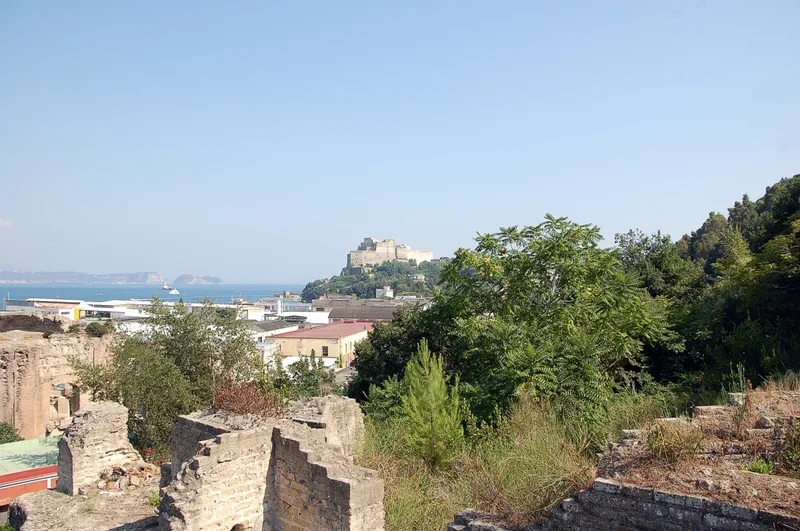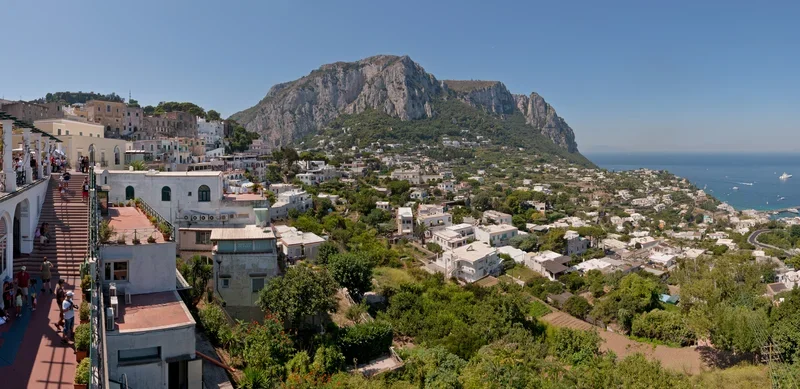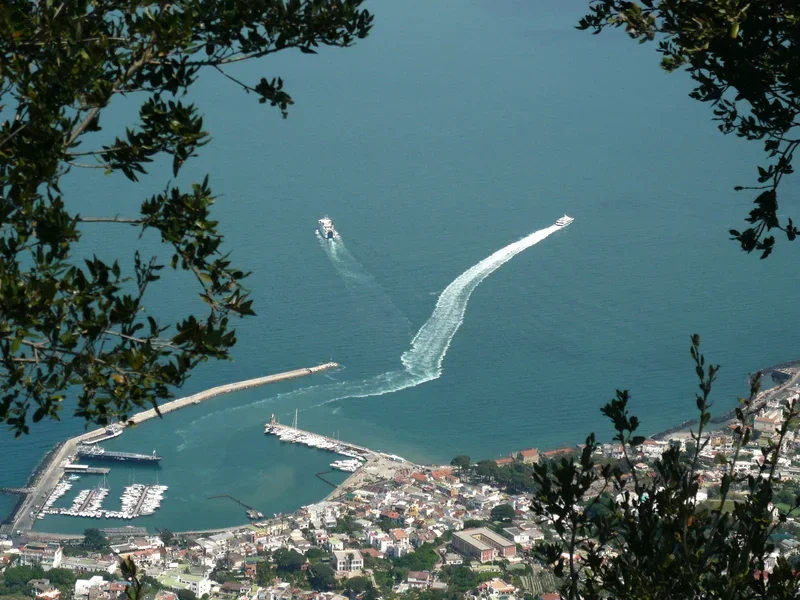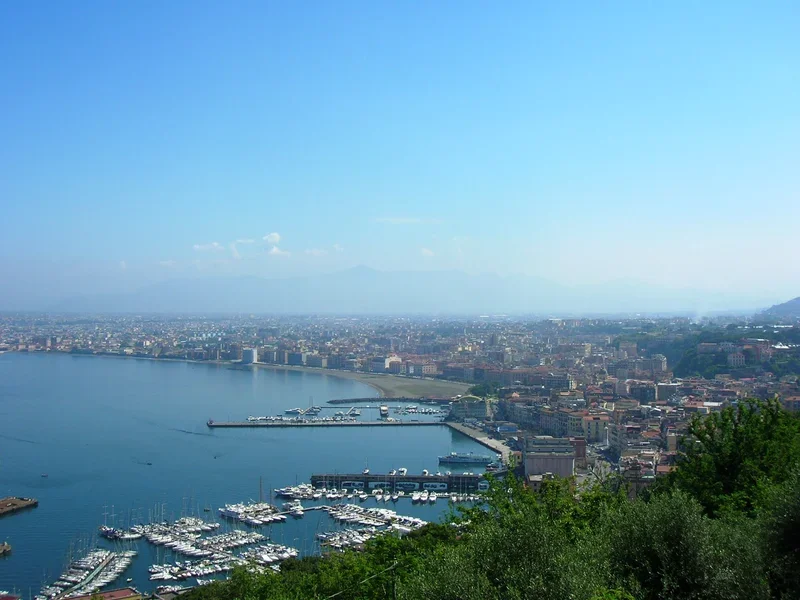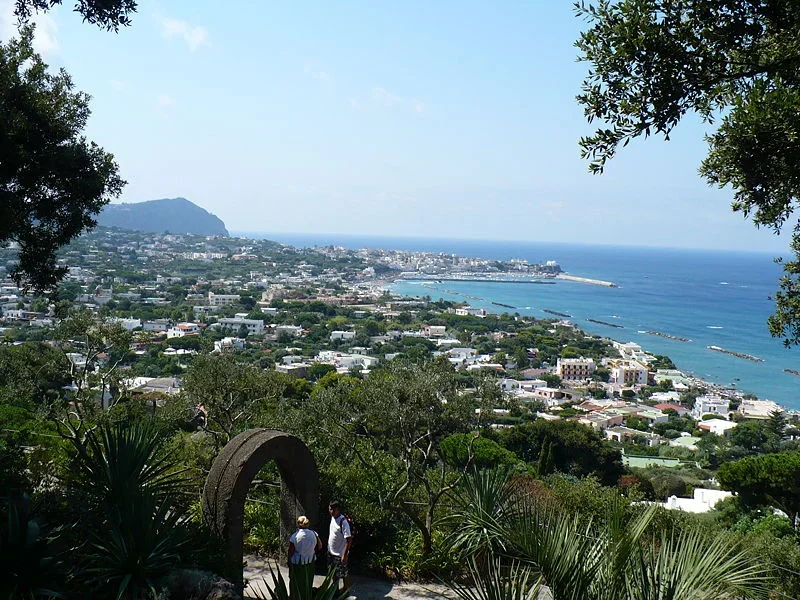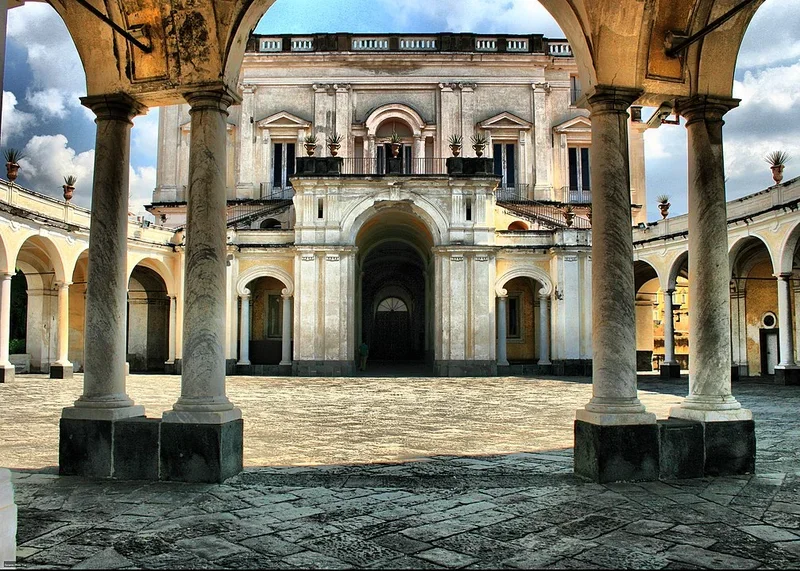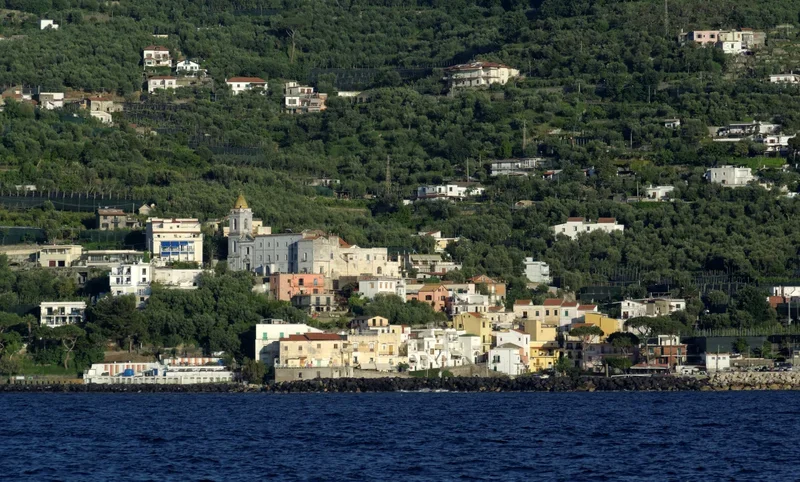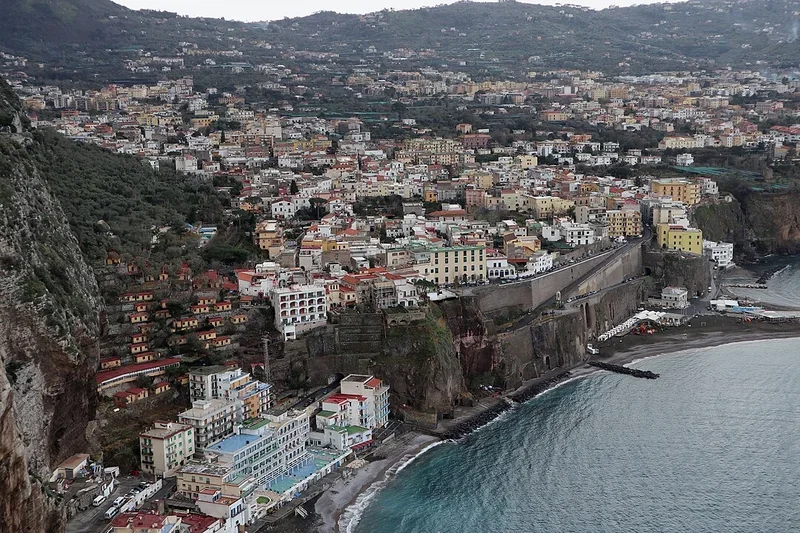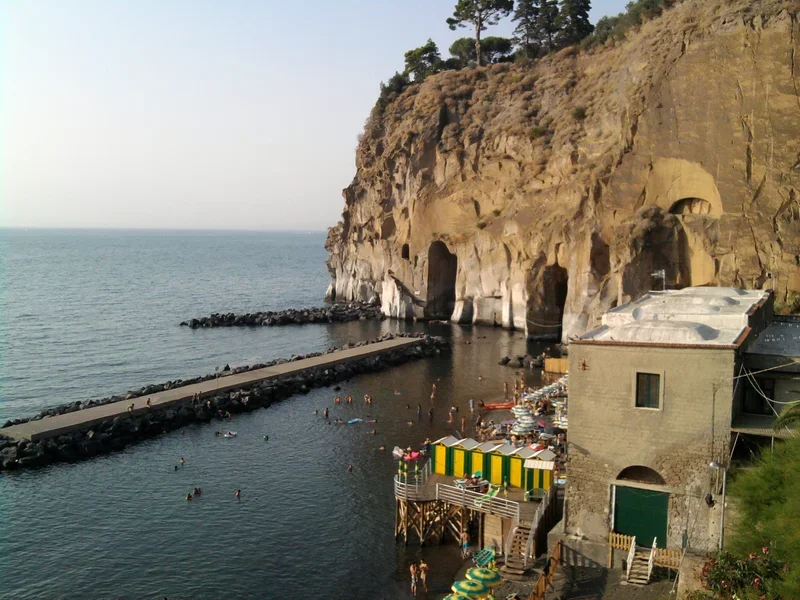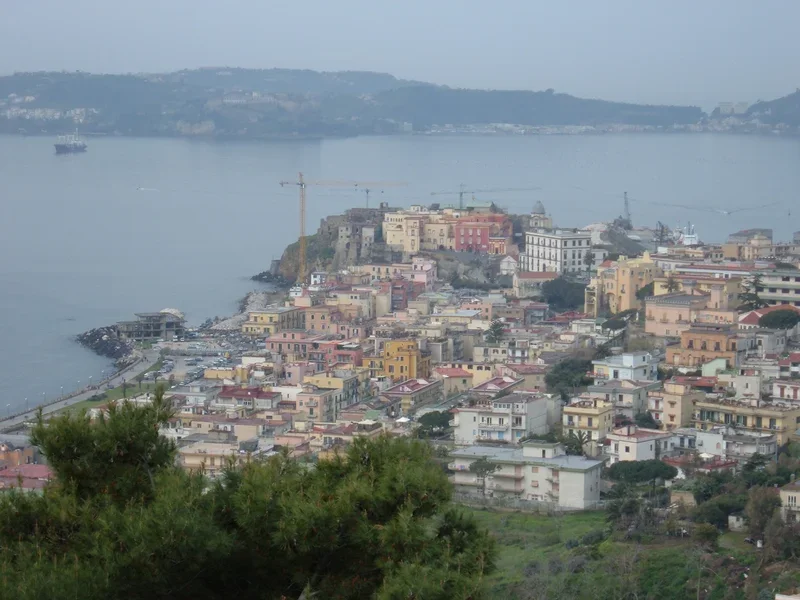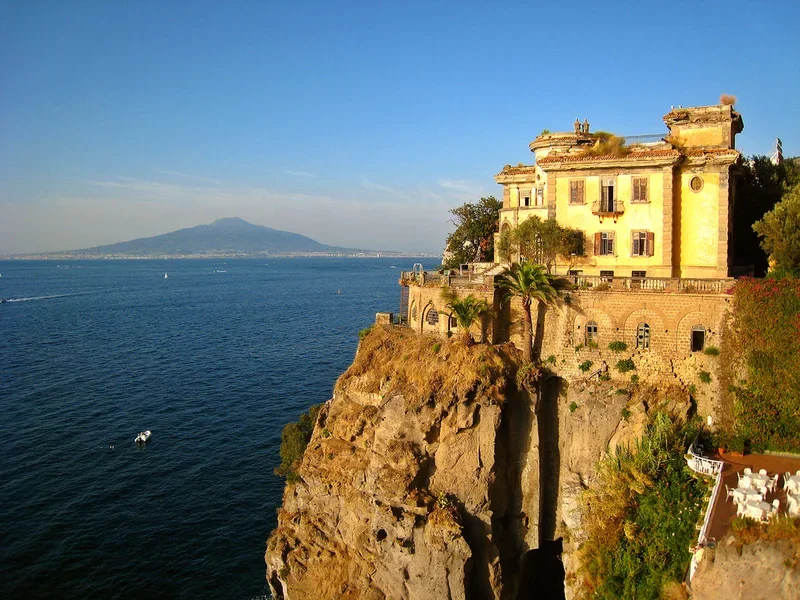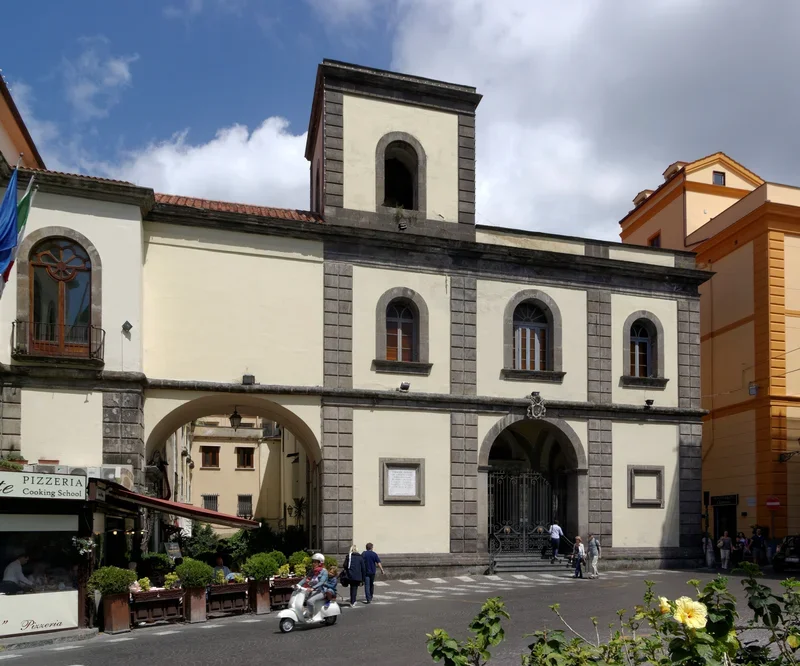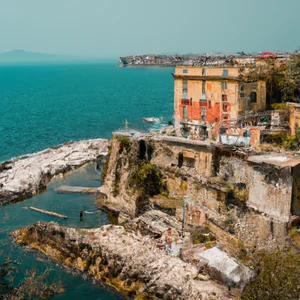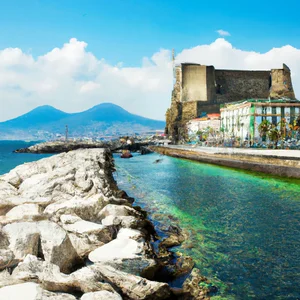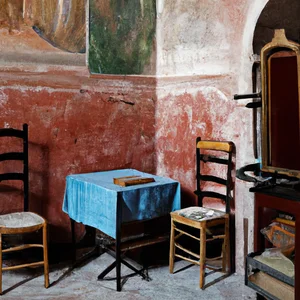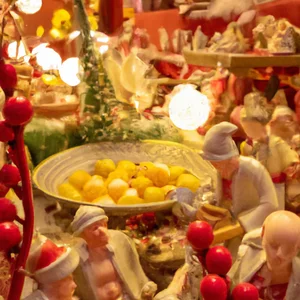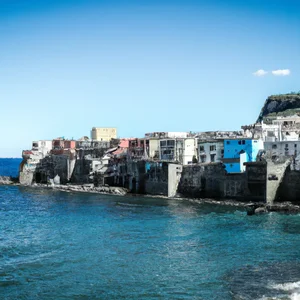Book your experience
Discover the Neapolitan tradition of pastiera with Scaturchio's original recipe
The Neapolitan pastiera is much more than a simple dessert: it is a symbol of tradition, culture and conviviality that has its roots in the thousand-year history of Naples. Every year, during the Easter period, this delight conquers the hearts and palates of Neapolitans and visitors, becoming the undisputed protagonist of festive tables. Its preparation is a ritual that unites families and friends, passing down from generation to generation a recipe that contains the flavor of Neapolitan tradition.
In this article, we will explore the Neapolitan pastiera through ten fundamental points that reveal its secrets and history. We will start with a dive into the past, retracing the origins of this dessert, from the myths and legends that surround it to the events that marked its evolution. We will then review the traditional ingredients, essential to obtain an authentic and tasty result. Cooked wheat, a key ingredient, will play a leading role, as will the preparation of the shortcrust pastry, which must be crunchy and fragrant.
We cannot forget the creamy ricotta-based filling, which gives the pastiera its characteristic softness, and the orange blossom water, which adds that unmistakable aromatic touch. Perfect cooking is another crucial step to guarantee a dessert that is a true masterpiece, while we will discover how pastiera has become an essential element of Easter celebrations. Finally, we will focus on the famous pastiera di Scaturchio, one of the historic pastry shops of Naples, and we will conclude with useful tips for serving and enjoying this traditional dessert. Get ready to discover the magic of the Neapolitan pastiera and be won over by its authentic flavors!
The history of the Neapolitan pastiera
The Neapolitan pastiera is one of the most famous and loved traditional desserts of Neapolitan cuisine. Its origin dates back to ancient Rome, where it was prepared in honor of the goddess Ceres during the spring holidays. Subsequently, the recipe was handed down from generation to generation up to the present day, becoming a symbol of Neapolitan Easter.
According to legend, pastiera was created by a mermaid who wanted to win the heart of a fisherman. To do this, he decided to prepare a dessert that combined the flavors of wheat, a symbol of fertility, and ricotta, to represent purity. The dessert was thus called "risen pasta", in honor of the resurrection of Christ during Easter.
Today, the Neapolitan pastiera is a typical dessert of the Easter tradition, prepared with care and dedication by many Neapolitan families during the holidays.
The traditional ingredients
The Neapolitan pastiera is a typical dessert of the Neapolitan Easter tradition, prepared with simple but high quality ingredients which give the dessert a unique and unmistakable flavour.
The pastry
To prepare the base of the pastiera, flour, sugar, butter, eggs and grated lemon zest are used. This shortcrust pastry is worked until a soft and homogeneous consistency is obtained, which is then rolled out and placed in the mold for baking.
The filling
The creamy filling of the pastiera is made from fresh sheep's ricotta, sugar, eggs, wheat cooked in milk, cinnamon and orange blossom water. The ingredients are mixed until a dense and homogeneous cream is obtained, which is then poured over the shortcrust pastry base.
The combination of these ingredients gives the pastiera its characteristic sweet and slightly fragrant taste, which makes it an irresistible dessert for anyone who tastes it.
To ensure the success of the recipe, it is essential to use high quality ingredients and carefully follow the doses and preparation procedures.The role of cooked wheat
One of the fundamental ingredients for the preparation of the traditional Neapolitan pastiera is cooked wheat. This ingredient, also known as burnt wheat, has an ancient history and has its roots in the peasant tradition of Campania. Cooked wheat is prepared by boiling soft wheat in water and milk until it becomes soft and creamy.
The cooked wheat gives the pastiera a unique consistency and a delicate flavour, which goes perfectly with the other ingredients. Thanks to its creamy consistency, cooked wheat helps bind the filling ingredients, creating a soft and creamy texture.
Tradition dictates that cooked wheat be prepared with care and attention, stirring constantly until it reaches the desired consistency. This process requires time and patience, but the final result is absolutely delicious.
Preparing the shortcrust pastry
A fundamental step for a good Neapolitan pastiera
Shortcrust pastry is one of the key elements for the preparation of Neapolitan pastiera, a traditional dessert that is consumed during the Easter holidays. Its crumbly and buttery consistency helps to give the pastiera its characteristic taste and make it unique in its kind.
To prepare the shortcrust pastry for the Neapolitan pastiera, it is necessary to mix together flour, butter, sugar and egg yolks, working the ingredients until obtaining a homogeneous and soft mixture. This dough must then rest in the refrigerator for at least an hour, so that it can firm up and become easier to work with.
Once cooled, the shortcrust pastry is rolled out with a rolling pin and used to line a pastiera mould. It is important to distribute the dough evenly on the bottom and edges of the mold, in order to create a solid and resistant base for the creamy filling made from ricotta and cooked wheat.
Finally, the shortcrust pastry is cooked in the oven at a constant temperature, until it takes on a golden color and becomes crunchy to the touch. This step is essential to ensure that the Neapolitan pastiera has the right consistency and is perfectly cooked in all its parts.
The creamy ricotta-based filling
The fundamental element of the Neapolitan pastiera
One of the most important elements of the Neapolitan pastiera is undoubtedly the creamy ricotta-based filling. The ricotta used for this recipe must be of excellent quality and with a creamy consistency, in order to give the pastiera the right softness and creaminess that distinguishes it.
The ricotta is mixed with sugar, whole eggs, grated lemon zest and sometimes even a sprinkle of cinnamon. This mixture gives the pastiera its characteristic sweet and delicate flavour, which pairs perfectly with shortcrust pastry and cooked wheat.
It is important to work the ricotta well with the other ingredients, in order to obtain a homogeneous mixture without lumps. This step is essential to ensure that the filling is creamy and soft when cooked.
The presence of ricotta in the filling of the Neapolitan pastiera is what makes this dessert unique and irresistible. Its creamy consistency and delicate flavor are what conquer the palate of anyone who tastes it, making it one of the most loved and appreciated desserts of the Neapolitan tradition.
The importance of flower water orange
A fragrant and characteristic touch
One of the key ingredients in the preparation of Neapolitan pastiera is undoubtedly orange blossom water. This fragrant liquid, obtained from the distillation of bitter orange blossoms, gives the pastiera its characteristic fresh and floral aroma.
Orange flower water is used both in the preparation of the shortcrust pastry and in the ricotta-based filling, adding a touch of sweetness and aroma that makes this Easter delicacy unique.
To get the maximum flavor and aroma from orange blossom water, it is important to use a high quality product and add it sparingly, so as not to cover the other flavors present in the pastiera.
This ingredient is a real secret of Neapolitan pastry making and represents a tribute to the tradition of ancient recipes that were prepared for Easter, to celebrate the end of Lent with a rich and tasty dessert.
The perfect cooking
The secrets to a perfectly cooked Neapolitan pastiera
Cooking the Neapolitan pastiera is a fundamental step to guarantee the success of this traditional dessert. The pastiera requires slow and delicate cooking, which allows the ingredients to blend perfectly and develop all their aromas. Here are some tips for obtaining a perfectly cooked pastiera:
1. Cooking temperature and time: The pastiera should be cooked at a moderate temperature (around 180°C) for around 1 hour, but the cooking time may vary depending on the oven. It is important to check the cooking with a toothpick: inserting it into the center of the pastiera should come out clean.
2. Surface coverage: During cooking, you may notice that the surface of the pastiera tends to darken too quickly. To prevent it from burning, you can cover the surface with aluminum foil for the first 30-40 minutes of cooking, then removing it to allow the pastiera to brown evenly.
3. Cooling: After cooking, let the pastiera cool inside the turned off oven for a few minutes, before taking it out and letting it rest at room temperature. This will allow the pastiera to settle and acquire the right consistency.
By following these simple tips, you will be able to obtain a perfectly cooked Neapolitan pastiera, with a crunchy shell and a creamy, fragrant filling. Happy cooking and enjoy your meal!
The pastiera according to Scaturchio
The pastry tradition of Scaturchio
Scaturchio is one of the oldest and most renowned pastry shops in Naples, founded in 1905. The turreted pastry shop is located in the heart of the historic center of the city, a few steps from Piazza San Domenico Maggiore. For generations, Scaturchio has been known for its artisanal production of typical Neapolitan desserts, including the famous pastiera.
The traditional recipe of Scaturchio
According to the tradition of Scaturchio, the Neapolitan pastiera must be prepared with high quality ingredients and scrupulously following the recipe handed down from generation to generation. The shortcrust pastry must be prepared with butter, sugar, flour and eggs, while the creamy filling is based on sheep's ricotta, cooked wheat, sugar, candied orange peel, cinnamon and orange blossom water.
Scaturchio uses only top quality cooked wheat, which gives the pastiera a unique consistency and a rich, enveloping flavour. The orange blossom water, on the other hand, gives the pastiera its characteristic floral scent and enhances its taste.
The perfect cooking at Scaturchio
Scaturchio is known for its mastery in cooking pastiera, which must be cooked slowly and at a low temperature to ensure uniform cooking and a perfect result. Scaturchio pastiera is characterized by a golden, crunchy surface and a soft, creamy heart.
The pastiera according to Scaturchio is a sweet symbol of the Neapolitan Easter tradition, which is prepared and enjoyed during the Easter holidays with the family. The dessert is considered a true masterpiece of Neapolitan pastry making and a gastronomic excellence not to be missed during a visit to Naples.
The pastiera according to Scaturchio
The tradition of the Scaturchio pastry shop
The Scaturchio pastry shop is one of the oldest and most renowned pastry shops in Naples, founded in 1905. For generations, the Scaturchio family has passed down the art of preparing Neapolitan pastiera, keeping the traditions and secrets of this Easter delicacy alive.
The recipe for pastiera Scaturchio
The pastiera according to Scaturchio is characterized by a creamy and fragrant filling, enriched with the highest quality ingredients. The ricotta used is very fresh and locally sourced, while the cooked wheat is carefully selected to guarantee maximum authenticity and goodness.
The preparation of shortcrust pastry is an art that is handed down from generation to generation in the Scaturchio pastry shop. The dough must be worked with care and patience, until a perfect consistency is obtained which guarantees a crunchy and crumbly base at the same time.
Another secret of the Scaturchio pastiera is the use of orange blossom water, which gives the dessert a unique and enveloping scent. This ingredient, combined with the freshness of the citrus fruits used in the preparation, gives the pastiera an unmistakable and irresistible flavour.
Cooking and presentation
Cooking pastiera according to Scaturchio is a delicate process that requires attention and precision. The dessert must be cooked slowly, at a moderate temperature, to ensure uniform cooking and perfect browning. Once baked, the pastiera is decorated with icing sugar and candied fruit, creating a work of art to be enjoyed with the eyes before even with the palate.
To best enjoy the pastiera according to Scaturchio, we recommend serving it slightly warm, perhaps accompanied by a scoop of vanilla ice cream or a sprinkling of cinnamon. The contrast between hot and cold, sweet and fragrant, will make every bite an unforgettable experience for the palate.



